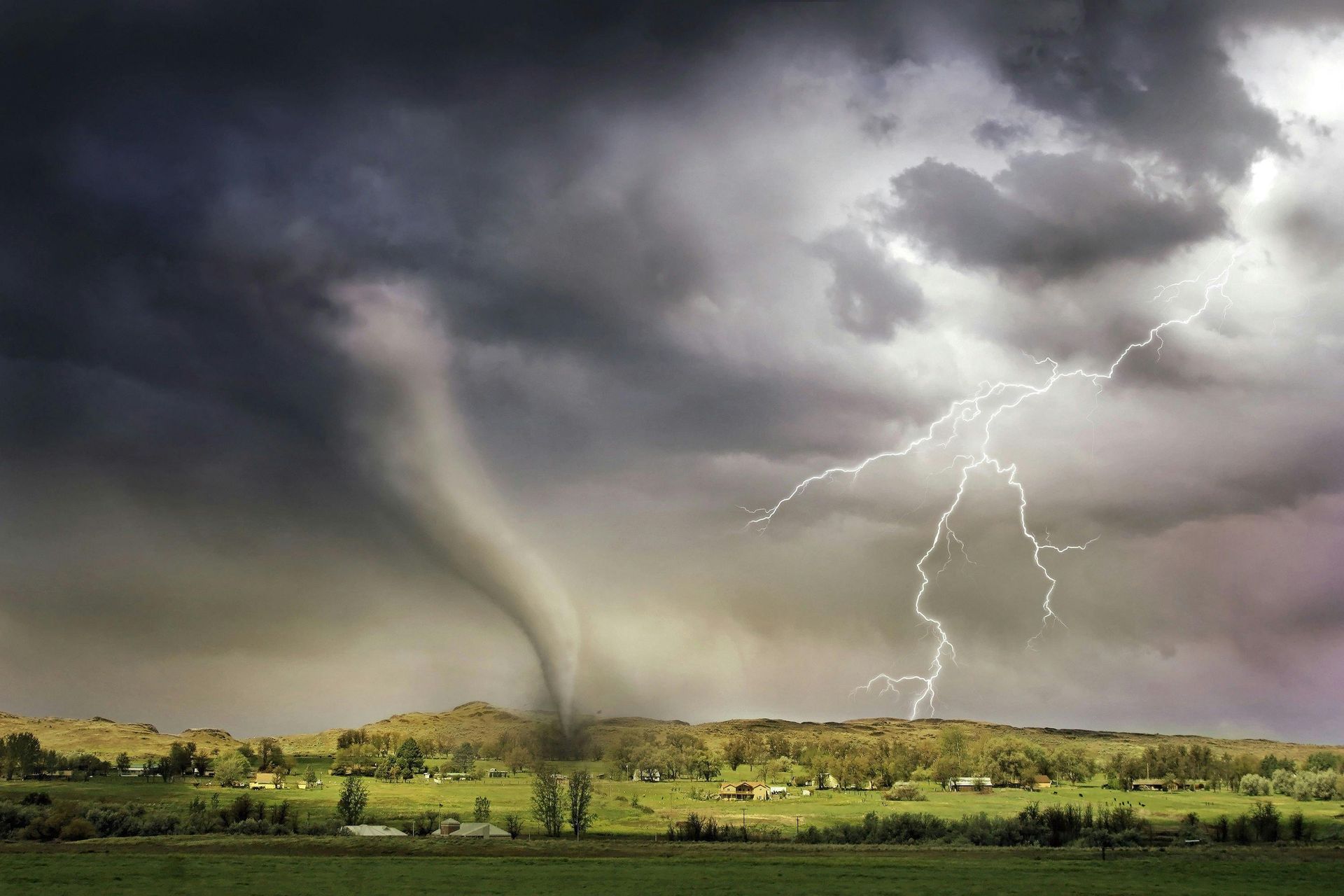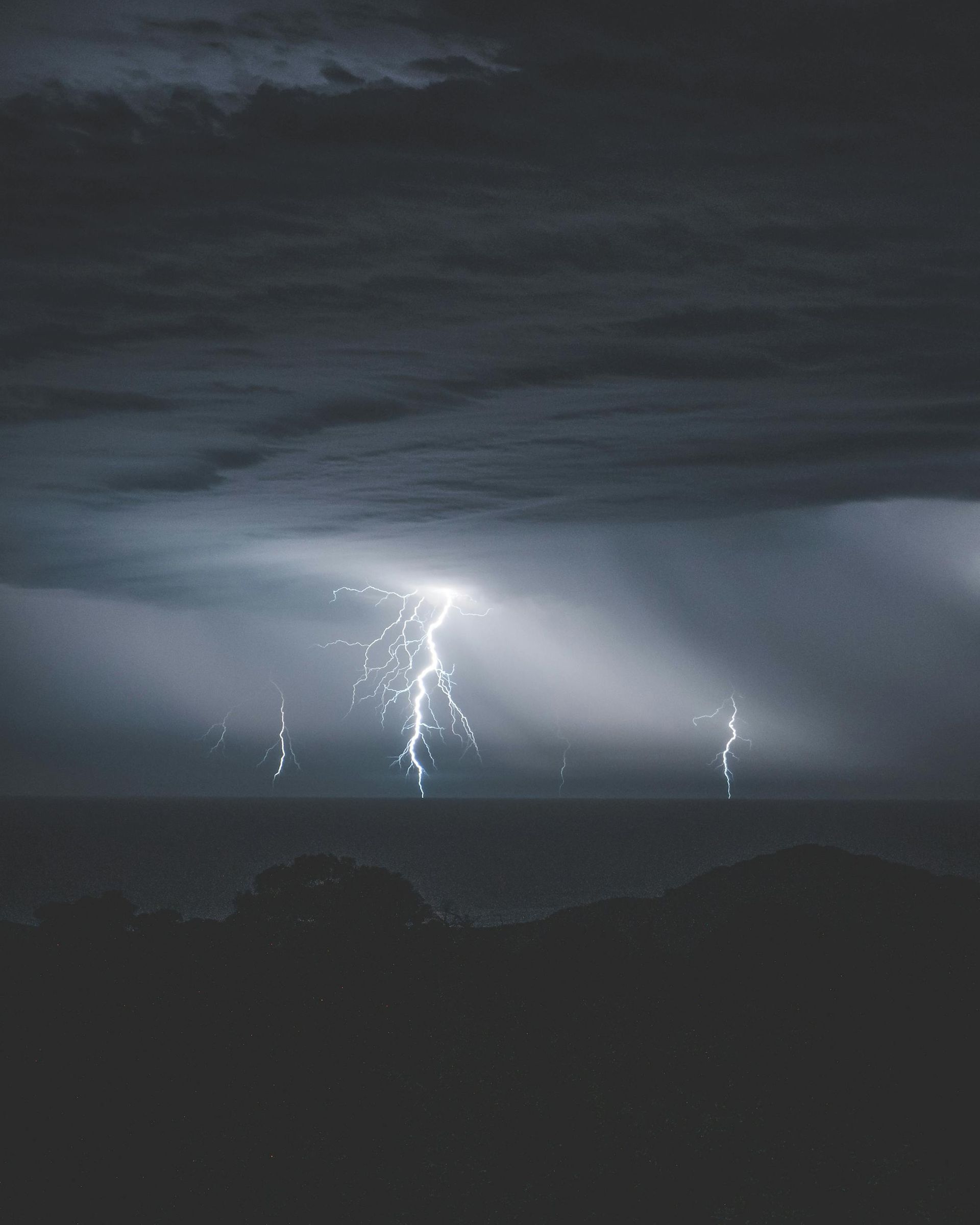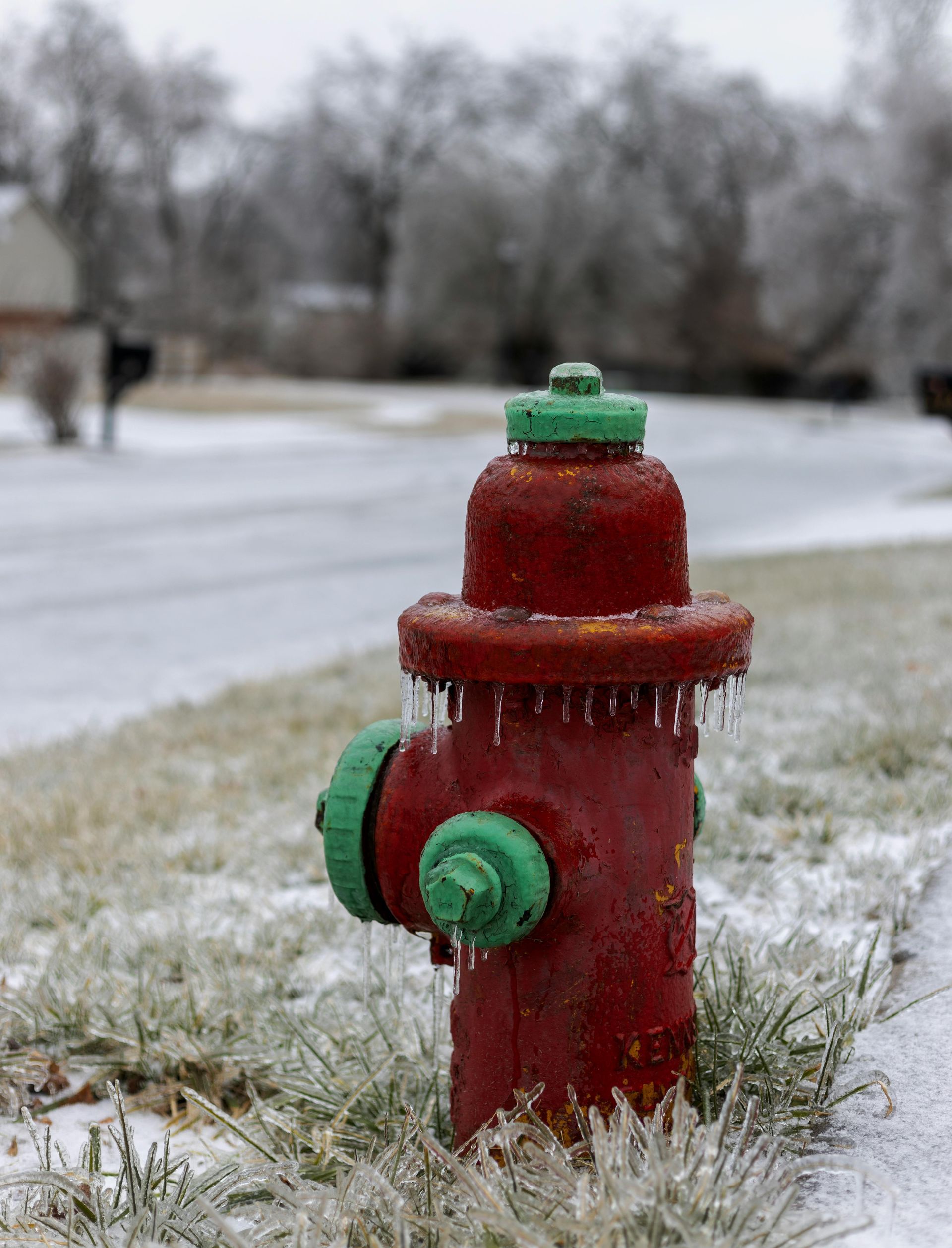Why Acting Fast After a Storm Could Save Your Property—and Your Wallet
When the skies clear after a storm, the last thing most homeowners want to think about is damage. However, delaying action after a storm can lead to compounding problems, higher repair costs, and even health hazards. Acting quickly isn’t just about restoring your property—it’s about saving money, ensuring safety, and preventing long-term headaches.
In this guide, we’ll explore why time is critical after a storm, the risks of waiting too long, and the steps you should take to protect your property and your wallet.
The Cost of Delay: Why Every Minute Matters
After a storm, damage to your property may not always be immediately visible. But hidden issues, such as water intrusion or structural weakening, can quickly escalate into significant problems if not addressed promptly. Here’s how:
1. Water Damage Gets Worse Over Time
Storms often bring heavy rain and flooding, which can infiltrate your home through damaged roofs, windows, or foundations. If water damage isn’t addressed immediately, it can lead to:
- Structural Damage: Prolonged exposure to moisture weakens wood, drywall, and insulation, compromising the integrity of your home.
- Mold Growth: Mold thrives in damp conditions and can start growing within 24-48 hours. Left unchecked, it can cause serious health issues and require costly remediation.
The financial impact: Repairing water damage quickly is significantly less expensive than rebuilding walls or floors ravaged by mold or rot.
2. Delayed Repairs Can Escalate Insurance Issues
Insurance claims after a storm can be a lifeline, but they often come with strict timelines. Delaying damage assessment and repairs can:
- Complicate the claims process, as insurers may dispute whether damage was storm-related or caused by neglect.
- Lead to claim denial if your insurer determines that you failed to take action to prevent further damage.
The financial impact: Fast action ensures compliance with your insurance policy and maximizes your claim payout.
3. Minor Damage Can Spiral Into Major Repairs
Small issues, such as a loose shingle or a cracked window, may not seem urgent. However, storms often weaken structures in ways that aren’t immediately apparent. These “minor” issues can:
- Worsen with exposure to the elements, leading to roof leaks, pest infestations, or foundational instability.
- Result in more extensive—and expensive—repairs if ignored.
The financial impact: A quick fix today can prevent a major overhaul tomorrow.
The Hidden Costs of Waiting
Beyond visible damage, delaying storm recovery can have ripple effects on your finances, safety, and well-being.
1. Increased Repair Costs
The longer you wait to address damage, the more it can spread. For example:
- Roof leaks can cause widespread water damage, impacting ceilings, walls, and electrical systems.
- Foundation cracks can widen, leading to structural instability.
2. Health Hazards
Storm damage often creates conditions conducive to mold, mildew, and bacteria growth. These hazards can cause:
- Respiratory issues, allergies, and other health problems, especially for children or those with weakened immune systems.
- Contamination of water and air inside your home.
3. Disruption of Daily Life
Delaying repairs can prolong the time your home is uninhabitable or unsafe. The stress of temporary relocation or living in a damaged home can take a toll on your family’s emotional and financial well-being.
Immediate Steps to Take After a Storm
Speed is essential, but knowing what to do first can make all the difference. Here’s a step-by-step guide to help you act fast and effectively:
1. Ensure Safety First
Before inspecting or repairing any damage, prioritize safety:
- Avoid Flooded Areas: Floodwaters can hide debris, live power lines, or contaminants.
- Turn Off Utilities: If you suspect water damage near electrical systems, shut off the main power supply to prevent electrocution.
- Use Protective Gear: Wear gloves, boots, and masks when assessing damage to protect against sharp objects, mold, or contaminated water.
2. Document the Damage
Take detailed photos and videos of all storm-related damage before beginning repairs. Focus on:
- Roof, gutters, and siding.
- Windows and doors.
- Interior walls, ceilings, and floors.
- Basements, crawlspaces, and foundation.
Why it matters: Documentation is crucial for insurance claims and helps you receive the maximum payout.
3. Contact Your Insurance Provider
Report the damage to your insurer as soon as possible to start the claims process. Provide:
- Photos and videos of damage.
- An inventory of damaged items.
- Receipts for temporary repairs or accommodations, such as tarps or hotel stays.
Tip: Many insurers have a 24-hour claims hotline for storm-related emergencies. Acting fast ensures your claim is processed quickly.
4. Perform Temporary Repairs
While waiting for professional help, take steps to prevent further damage:
- Cover roof leaks with tarps or plastic sheeting.
- Board up broken windows to keep out rain and pests.
- Clear debris from gutters and drains to prevent water buildup.
Caution: Avoid making permanent repairs until your insurer has inspected the damage. Temporary fixes, however, are often required to mitigate further loss.
5. Call in the Experts
Storm damage often requires specialized skills and equipment to fix properly. Professional restoration services can:
- Assess Hidden Damage: Experts use tools like moisture meters and thermal imaging to identify problems that aren’t visible to the naked eye.
- Mitigate Mold Growth: Restoration companies can dry and sanitize affected areas to prevent mold outbreaks.
- Ensure Structural Safety: Licensed contractors can reinforce roofs, walls, and foundations to restore your home’s stability.
Why Disaster South? Our team is experienced in fast, compassionate, and thorough storm recovery. Call 877-84-STORM to get help today.
Preventing Future Problems: The Long-Term Benefits of Acting Fast
Fast action after a storm isn’t just about minimizing damage—it’s about preparing for the future. Addressing issues promptly can:
- Extend the life of your home by preventing long-term structural problems.
- Reduce insurance premiums by demonstrating proactive property maintenance.
- Increase property value by keeping your home in top condition.
Real-Life Example: A Tale of Two Homeowners
Consider this scenario:
- Homeowner A noticed a small leak in their roof after a storm but decided to wait until the weekend to address it. By the time they acted, the water had seeped into the walls, causing mold and structural damage. The repair bill skyrocketed to $15,000.
- Homeowner B acted immediately, covering the leak with a tarp and calling in a professional restoration team. Their total repair cost? $2,000.
The lesson? Timely action pays off—literally.
How Disaster South Can Help
At Disaster South, we understand the urgency of storm recovery. When the worst happens, we’re here to help you act fast, recover efficiently, and restore what matters most. Our team offers:
- Comprehensive Storm Damage Assessments: Identifying all damage, visible and hidden.
- 24/7 Emergency Response: We’re ready to help as soon as the storm clears.
- Expert Repairs and Restoration: From roofing to mold remediation, we do it all with care and precision.
- Insurance Guidance: We’ll work with your insurer to ensure a smooth claims process.
Final Thoughts: Don’t Wait, Act Now
The moments after a storm are critical. By acting fast, you can protect your property, reduce repair costs, and ensure your family’s safety. Delaying action might seem like the easier choice in the short term, but the long-term consequences can be devastating.
If your property has been damaged by a storm, don’t wait. Call Disaster South at 877-84-STORM or visit our website for immediate assistance. Let us help you restore your home, reclaim your life, and move forward with confidence.









